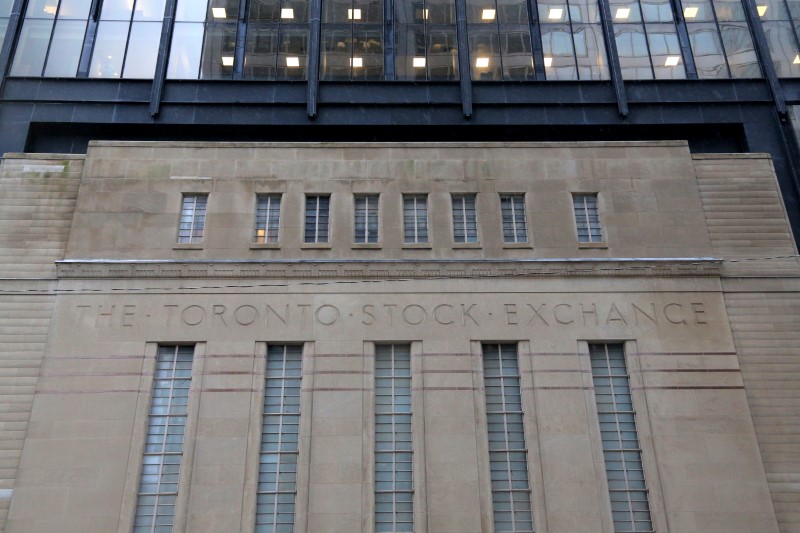Joby Aviation closes $591 million stock offering with full underwriter option
Investing.com - Canada’s main stock exchange settled lower after Trump imposed 25% tariffs on all Japanese and South Korean imports.
By 4.05 ET, the S&P/TSX 60 index standard futures contract lost 1.57 points, or 0.10%.
S&P/TSX Composite index settled lower shedding 16 points, or 0.06% at 27,020.28, after being up above the flat line for the majority of session.
The index jumped by nearly 1.3% for the week, pushing its total advance for the year up to 9.3%.
Analysts suggested that the average has been bolstered by strength in banking stocks, which account for much of its weighting, as well as gains in materials stocks, especially gold-exposed names.
A drop in 10-year Canadian bond yields following data showing an uptick in Toronto-area home sales supported the index.
Uncertainty surrounds Trump tariff agenda
Wall Street started the new week on a cautious note
Trump announced a 25% tariff on goods from South Korea and Japan starting Aug. 1, citing the need to correct for long-standing U.S. trade deficits with the two countries. As of 2024, the goods deficit with Japan stood at $68.5 billion, $66 billion goods deficit with South Korea, according to the Office of the United States Trade Representative.
Commerce Secretary Howard Lutnick told reporters on Sunday that Trump will be setting the rates and potential deals now, while Treasury Secretary Scott Bessent had earlier said the tariffs will be imposed as outlined in April if no trade deals were reached by August 1.
This left markets unclear over just how high Trump’s tariffs will be, given that the president had in early-April announced tariffs going as high as 50% on major economies. He also suggested over the weekend that the rates could reach 60% or 70%.
Adding to the uncertainty, Trump also said that countries aligned with the BRICS bloc will face an extra levy over allegedly anti-American practices.
U.S. stocks settled down against this backdrop.
The Dow Jones Industrial Averagefell 422 points, or 0.94%, to 44,406.36, the S&P 500 fell 47 points, or 0.76%, to 6,231.46 and the NASDAQ Composite fell 188 points, or 0.92%, to 20,412.52
Crude bounces from OPEC+-inspired losses
Crude prices rose, overturning earlier losses after OPEC+ announced plans to increase output more than expected in August.
At 12.05 ET, Brent futures climbed 1.4% to $69.28/ barrel and U.S. West Texas Intermediate crude futures rose 1.8% to $67.72 a barrel.
The Organization of the Petroleum Exporting Countries and its allies, a group known as OPEC+, announced on Saturday that it will increase oil output by 548,000 barrels per day (bpd) in August.
The hike is larger than the 411,000 bpd increases already implemented for May, June, and July. The group also warned that it will consider another 548,000 bpd hike in September at the next meeting on August 3.
It marks a continued rollback of the voluntary 2.2 million bpd in cuts that major producers like Saudi Arabia and Russia had initiated earlier this year to support prices.
However, the market was also supported by the news that Saudi Arabia raised the August price for its flagship Arab Light crude to a four-month high for Asia, in a show of confidence in oil demand by the world’s largest crude exporter.
Gold dips
Gold prices were pressured by a steady dollar and more tariff threats from Trump, while strong payrolls data from last week also dented bets that interest rates will fall soon.
The greenback’s biggest point of support was a sharp scaling back in expectations that the Federal Reserve will soon cut interest rates once again. Higher rates stand to benefit the dollar and weigh on metal prices, which are largely pegged to the currency.
Spot gold was down 0.44% to $3,322.04 an ounce, while gold futures for September fell 0.42% to $3,332.40/oz by 12,05 ET.
